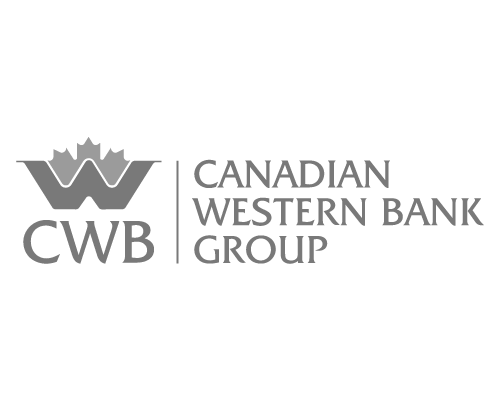Mortgage Lenders in Ontario
Making an informed decision when choosing a mortgage lender is crucial, but navigating the variety of options can be overwhelming. That’s why we’ve created this resource of mortgage lenders in Ontario—to provide you with easy access to the information you need to compare lenders.
In this resource, we review mortgage lenders based on their special features, their downsides, and the ideal client they cater to, helping you find the right fit for your needs.
Scroll and click on the icons in each lender category to learn more about individual mortgage lenders in Ontario, or click on the links directly below.
Please note, that this is only a selection of lenders.
Big 5 Banks
The Big 5 banks in Canada (RBC, TD, Scotiabank, BMO, and CIBC) are major financial institutions offering a comprehensive range of services, including mortgages. They typically provide competitive rates and a variety of mortgage products tailored to diverse client needs. However, they often have more aggressive pre-payment penalties, which can increase costs for borrowers who pay off their mortgage early. Additionally, these institutions may experience higher staff turnover and have more junior staff, which can impact the consistency and quality of customer service.
Other Banks
Smaller banks offer a wide array of financial services, including mortgages. While they may not have the same extensive reach as the Big 5, they often provide personalized service and competitive mortgage rates. A potential downside is that they may lack physical branches, limiting face-to-face service availability.
Monolines
Monolines are specialized lenders that focus solely on mortgages. Monolines usually work through mortgage brokers and are a good option for borrowers seeking tailored mortgage solutions. They do not offer other banking services, allowing them to provide more competitive mortgage rates and flexible terms. Downsides include no physical branches, limited geographical service areas, limited additional services, and strict lending criteria.
Credit Unions / Co-Ops
Credit Unions are member-owned financial cooperatives that offer a range of financial services, including mortgages. They often provide personalized service, competitive rates, and lower fees. However, credit unions tend to serve limited geographical areas within the radius of their branches.
Alternative Lenders
Alternative lenders offer mortgage solutions outside the traditional banking sector. These lenders often cater to borrowers who might not meet the strict criteria of major banks, including those with lower credit scores, self-employed individuals, or those with non-traditional income sources. Alternative lenders provide flexible mortgage options and personalized service, though they may come with higher interest rates and fees to offset the increased risk. Additional downsides include limited additional services, potentially aggressive prepayment penalties, and extensive paperwork requirements.


























